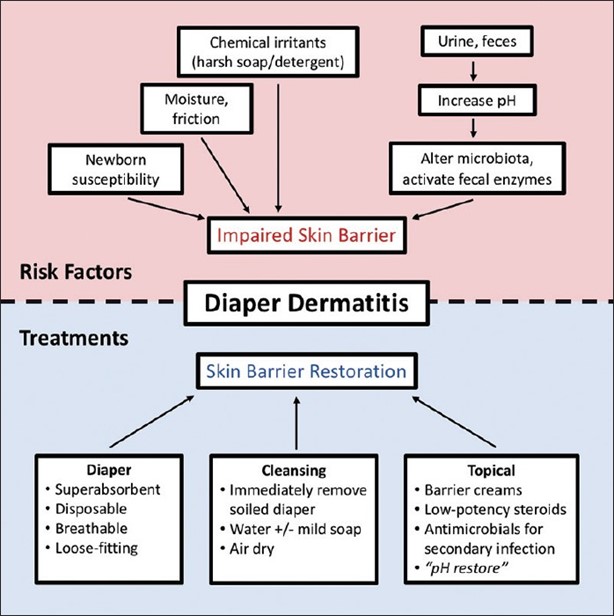When providing community healthcare teaching regarding the early warning signs of Alzheimer's disease, which signs should the nurse advise family members to report (Select all that apply)?
Misplacing car keys.
Difficulty performing familiar tasks.
Losing sense of time.
Problems with performing basic calculations.
Becoming lost in a usually familiar environment.
0800
Correct Answer : B,C,D,E
Choice A rationale: Misplacing car keys occasionally is a common occurrence and may not necessarily indicate Alzheimer's disease. It can happen to anyone, especially when distracted or in a hurry.
Choice B rationale: Difficulty performing familiar tasks, such as cooking a meal or driving to a familiar location, is an early warning sign of Alzheimer's disease. It indicates changes in cognitive function.
Choice C rationale: Losing sense of time, such as not knowing the date, day of the week, or season, can be an early indicator of Alzheimer's disease. It reflects impairments in temporal orientation.
Choice D rationale: Problems with performing basic calculations, such as managing finances or following a recipe, are early signs of Alzheimer's disease. It shows a decline in cognitive abilities related to numbers and problem-solving.
Choice E rationale: Becoming lost in a usually familiar environment, such as getting disoriented in one's own neighborhood, is a significant early warning sign of Alzheimer's disease. It suggests spatial and memory impairments.
Nursing Test Bank
Naxlex Comprehensive Predictor Exams
Related Questions
Correct Answer is C
Explanation
Jaw pain in a client taking alendronate, a bisphosphonate, for postmenopausal osteoporosis may be a sign of a rare but serious side effect called osteonecrosis of the jaw (ONJ). Therefore, the nurse should respond by: Report the client's jaw pain to the healthcare provider.
Jaw pain can be an indication of ONJ, a condition characterized by the death of jawbone tissue. It is important to notify the healthcare provider so that further evaluation and appropriate management can be initiated. The healthcare provider will determine the best course of action, which may include referral to a specialist for further assessment and treatment.
Determining how the client is administering the medication is not the immediate concern in this situation. While it is important to ensure that the client is following proper administration instructions for alendronate, addressing the jaw pain takes precedence.
Advising the client to gargle with warm salt water twice daily may not be sufficient or appropriate for managing jaw pain related to alendronate use. The client needs a comprehensive assessment by the healthcare provider to determine the cause of the jaw pain and provide appropriate interventions.
Confirming that jaw pain is a common symptom of osteoporosis is not accurate. While osteoporosis can lead to bone pain, jaw pain specifically associated with bisphosphonate use is more likely to be related to ONJ and requires further evaluation and management
Correct Answer is A
Explanation
The excoriated and red skin in the diaper area suggests the presence of diaper dermatitis, which is commonly caused by prolonged exposure to moisture and irritants such as urine and feces. Changing the diaper more frequently helps to minimize the exposure to these irritants and promotes better skin hygiene.
Asking the mother to decrease the infant's intake of fruits for 24 hours is not necessary unless there is evidence of diarrhea or specific dietary concerns. Fruits are generally a healthy part of an infant's diet and do not directly cause diaper dermatitis.
Encouraging the mother to apply lotion with each diaper change may not be recommended in this case, as lotions and creams can further trap moisture and exacerbate the condition. It is best to keep the area clean and dry.
Telling the mother to cleanse with soap and water at each diaper change may be too harsh for the infant's sensitive skin. Plain water or mild, fragrance-free wipes are typically sufficient for cleaning the diaper area. Soap can be drying and irritating to the skin, so it is generally not necessary unless there is a specific indication.

Whether you are a student looking to ace your exams or a practicing nurse seeking to enhance your expertise , our nursing education contents will empower you with the confidence and competence to make a difference in the lives of patients and become a respected leader in the healthcare field.
Visit Naxlex, invest in your future and unlock endless possibilities with our unparalleled nursing education contents today
Report Wrong Answer on the Current Question
Do you disagree with the answer? If yes, what is your expected answer? Explain.
Kindly be descriptive with the issue you are facing.
